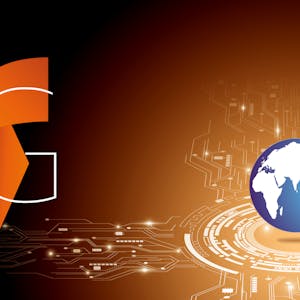Systèmes d’Information Géographique - Partie 2 is an in-depth course that builds on foundational concepts to delve into advanced spatial analysis and representation techniques. Through practical exercises and real-world case studies, participants will develop a comprehensive understanding of geographic information systems (GIS). The course is designed to be accessible to individuals without prior technical knowledge, making it suitable for a diverse range of learners.
Key topics covered in this course include the analysis of spatial discontinuous and continuous phenomena, utilization of digital elevation models, interaction between different data layers, principles of cartographic design, and exploration of alternative spatial representations. Students will gain hands-on experience with the open-source software QGIS, enabling them to create spatial databases, produce thematic maps, and engage with interactive web mapping and 3D representations.
Upon completion of Systèmes d’Information Géographique - Partie 2, participants will possess the skills to perform advanced spatial analyses, effectively represent georeferenced information, and create interactive and visually compelling maps. This course provides a valuable foundation for individuals interested in fields such as geography, urban planning, environmental science, and geospatial data analysis.
Certificate Available ✔
Get Started / More Info
Systèmes d’Information Géographique - Partie 2 provides comprehensive insights into advanced spatial analysis techniques, including the analysis of discontinuous and continuous phenomena, digital elevation models, cartographic design, and alternative spatial representations.
This module delves into the analysis of spatial discontinuous phenomena, including the exploration of properties and arrangement of discrete variables, assessment of spatial autocorrelation, and the utilization of specific indices for shape and global spatial autocorrelation. Participants will gain a comprehensive understanding of these key concepts through practical demonstrations and exercises.
Participants will explore techniques for analyzing spatially continuous phenomena, including sampling methods, interpolation techniques, and the construction of isovalue curves. Real-world case studies will illustrate the practical application of these methods, enabling learners to develop essential skills in spatial analysis and representation.
This module focuses on the fundamentals of digital elevation models, covering basic elements and derived variables. Participants will also gain insights into lidar technology and its application in geospatial analysis. Practical exercises will reinforce the theoretical knowledge, ensuring participants can effectively utilize digital elevation models in their spatial analyses.
The interaction between different data layers is the core focus of this module, encompassing the overlay of raster and vector data, as well as vector-to-vector and raster-to-raster interactions. Through a real-world case study on flood risk in Niamey, participants will gain practical experience in applying these techniques to address complex geospatial challenges.
This module explores the principles of cartographic design and thematic mapping, covering the components and functions of maps, visual variables, thematic attributes, and cartographic production. Participants will develop the skills to create visually compelling and informative maps that effectively communicate georeferenced information.
In this module, participants will discover alternative forms of spatial representation, including dynamic and interactive web mapping, 3D representations, and augmented reality. Practical demonstrations and case studies will provide insights into the application of these innovative spatial representation techniques, preparing participants to engage with emerging trends in geospatial technology.
This course introduces learners to careers in sustainability, with a primary focus on the role of a sustainability analyst. Through interactive content and practical...
Global Warming I: The Science and Modeling of Climate Change provides a comprehensive exploration of the science, modeling, and forecast for human impact on Earth's...
Oceanography: a key to better understand our world. Explore the science of oceanography and its practical applications for navigating through different oceanic environments...
Agroforestry specialization from the University of Florida covers global distribution, principles, and scientific advances in sustainable land-use. Gain extensive...